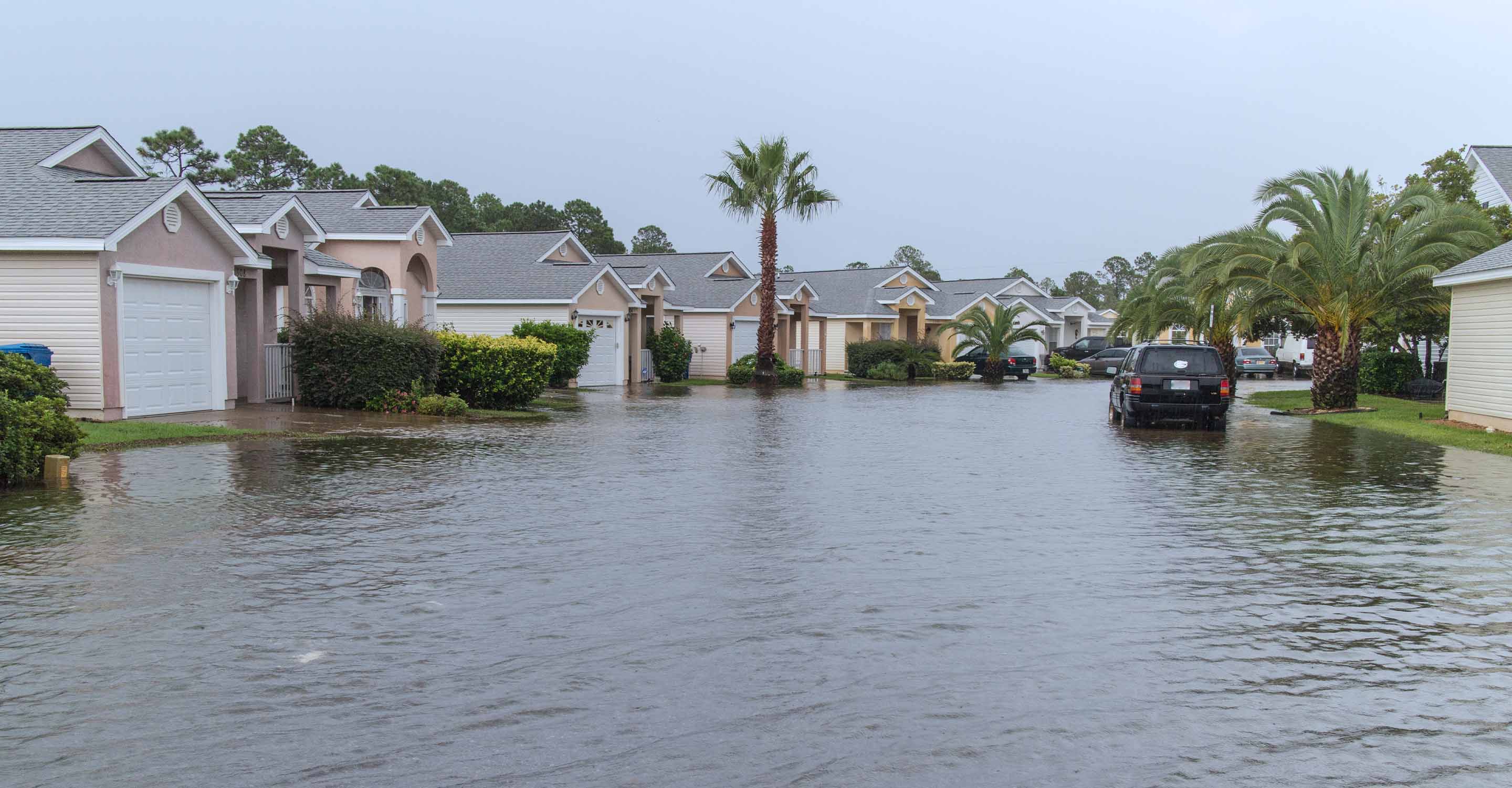Kansas City air quality map
Live air pollution map of Kansas City
5.3K people follow this city
Full screen
Contributors
5
Stations
8
Contributors category
0
Government
0
Non-profit organization
0
Educational
0
Corporate
0
Individual
5
Anonymous
Most polluted air quality stations
| # | station | US AQI |
|---|---|---|
| 1 | Troost | 44 |
| 2 | Rocky Creek | 34 |
| 3 | Front Street | 25 |
| 4 | Old Westport | 23 |
| 5 | Northwest 93rd Place | 22 |
| 6 | Scarritt Avenue | 20 |
| 7 | North Bales Ave | 19 |
| 8 | Park Forest | 14 |
Health Recommendations
| Enjoy outdoor activities | |
| Open your windows to bring clean, fresh air indoors GET A MONITOR |
community highlight
Kansas City most followed contributors
Become a contributor
Get an AirVisual Outdoor and contribute to collecting millions of data points for the Kansas City map to track local air pollution
Understand air pollution and protect yourself
Kansas City MAP AIR QUALITY ANALYSIS AND STATISTICS
Is there a lot of scintillating information about air quality on the air pollution map for Kansas City?
There is a lot of interesting information about air quality on the air pollution map for Kansas City and it is very easy to access. The map icon will be at the top of the main city page and by clicking on it, a new page will open which is filled with all the relevant information about air quality in and around the city.
When the page opens, the user cannot help but notice the overall colour of the map. This is used as a direct indication of the current air quality. The colour of the map at Christmas 2022 was green which would indicate “Good” air quality. Colours range from pale green to dark maroon and are standard across the entire IQAir website. The darker colours indicate worsening air quality.
Another thing to notice is the number of coloured discs scattered across the map. These represent the location of the ground-level air monitoring stations in and around the city. Each of these locations can be explored further by clicking on the disc which will open another page dedicated to that part of the city. At the centre of each disc is a number. This is the United States Air Quality Index number or US AQI for short. It is calculated by taking measurements of the six most prolific air pollutants found in city air. Once calculated it is used as a standard when comparing air quality in other cities across the globe and is totally backed by the World Health Organisation (WHO).
Checking back on the main city page, it can be seen in the coloured banner at the top of the page that at Christmas 2022, Kansas City was enjoying a period of “Good” quality air with a US AQI reading of 31. The main pollutant was PM2.5 with a recorded level of 4.8 µg/m³ which is within the recommended target figure of 5 µg/m³ as suggested by the WHO.
Scrolling down immediately beneath the air pollution map for Kansas City can be seen the number of contributors there are that supply the air quality data. There are currently five contributors who control and operate eight stations between them. All five of them wish to remain anonymous!
Can any more interesting information be seen on the air quality map for Kansas City?
There is a lot more very interesting information about air quality that can be seen on the air pollution map for Kansas City. In order to see all this additional information, the page needs to be viewed in full-screen mode. This is easy to achieve by pressing the icon at the top right of the page which will expand the page to fit your screen.
Once the screen is at maximum size, a list of four options will be seen on the left-hand side of the screen. These can all be deactivated individually to get a good idea of the effects they have on the map.
When the first option is selected it will show the locations of all the ground-level air monitoring stations there are in the vicinity and not all of them will be over the city, but in neighbouring areas and adjacent cities too. They can all be selected individually to find out more about that specific area. The second option shows the location of any wildfires that might be burning out of control in the area. At the end of 2022, there were no reported fires burning in the area. When fires do break out, option four could be a great help because it shows the speed and direction of the prevailing winds and might give a clue of where the smoke may blow.
Last but not least is option three which can be very dramatic because it can change the background colour of the map to reflect the current air quality. Currently, it is green which visually shows that the air quality is “Good”. If the colouration is confusing, then the option can be deactivated and the map will take on a more subdued set of colours more in keeping with a map.
The rest of the interesting information can be found on the right-hand side of the screen where a table will be seen. This table shows the ranking of the seven most polluted cities in the world. More participating cities can be seen by exploring the full ranking section where the rest of the world’s cities can be viewed in descending order.
Does it show where the polluted air comes from on the air quality map for Kansas City?
The source of the polluted air is not directly shown on the air quality map for Kansas City but it is known that particle pollution is the major type and is made of soot or black carbon or tiny particles that come from coal-fired power plants, diesel emissions, wildfires and wood-burning devices. These particles are caused by household combustion devices, motor vehicles, industrial facilities and wildfires. These wildfires are currently burning in central Kansas and the ensuing smoke is being blown towards Kansas City.
Residential or household pollution, mostly from cooking and heating using biomass, and the production of electricity from fossil fuels for our homes, and transportation, are the major human-made sources of fine particles or PM2.5 as they are often called.
PM2.5 is always used on the air pollution map for Kansas City, but what is it?
The World Health Organisation (WHO) defines air pollution as one of the current main environmental problems. According to the organisation's assessment, up to seven million deaths per year can be attributed to air pollution, and it is believed that most of them are caused by fine particulate matter or PM2.5.
Particulate matter, which is small particles in the air, is usually measured in micrograms per cubic meter (µg/m³). It is most common to talk about PM10, which are particles with a diameter of less than 10 µm, or fine particulate matter, PM2.5 (diameter less than 2.5 µm). Thus, PM2.5 is part of PM10. Particulate matter 0.1 µm to 1 µm in diameter can remain suspended in the air for days, even weeks, and therefore travel long distances from the sources.
Kansas City air quality data attribution
5Contributors
 5 Anonymous contributors
5 Anonymous contributors5 stations
5 Anonymous Contributors








